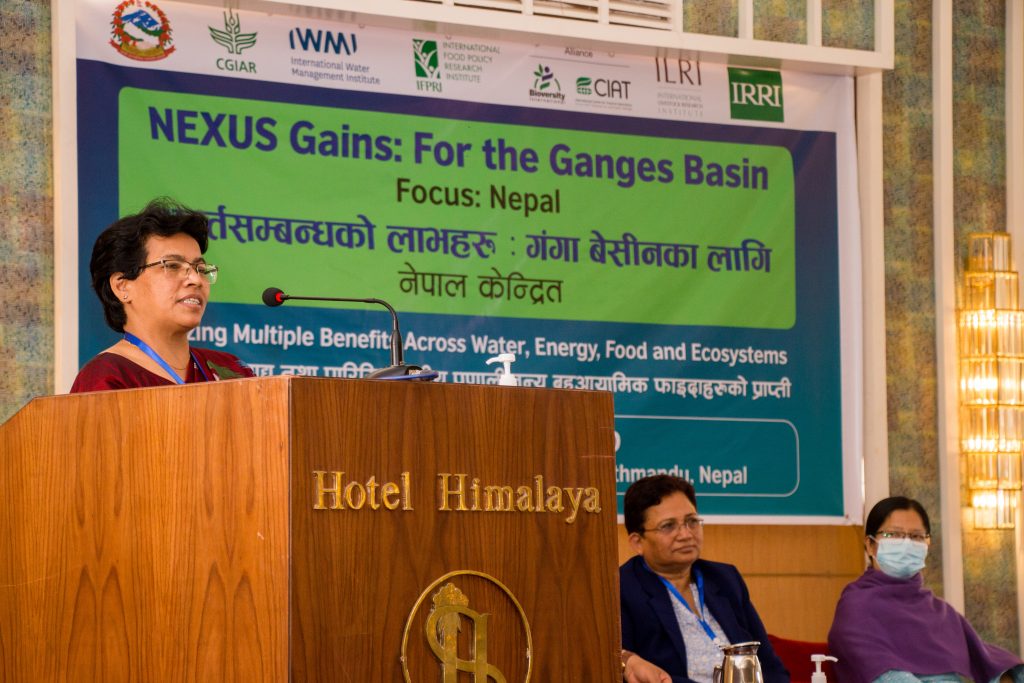How road expansion causes air pollution: A test case


The snail paced road expansion project of Kalanki – Nagdhunga which started back in 2015 in response to sky rocketing trend of urbanization and to decrease the traffic congestion, initiated by then Prime Minister is one of the representative cases from the Kathmandu Valley whose outcome is being faced by every single individual residing in the Chandragiri municipality and the huge floating population passing through this road section.
In the milieu of low and middle income country (LMIC), less developed country and less economically developed countries (LEDC) or underdeveloped country the exact term “road” is often considered as development. Where there is road there is development and road supports development. Considering this fact roads are sometimes being constructed or expanded in unplanned way that can further lead to tremendous negative consequences.
Heavily equipped machineries and dozers are being used to dismantle and demolish the infrastructure in the vicinity of road. As a negligence of responsible body regarding management of remains of the dismantled and demolished infrastructures heap of dust, mud, debris, concrete and cemented mortars are being dumped in road side haphazardly. This adds high amount of Particulate matters (PM), Total Suspended Particles (TSP) in the air when such particles are carried by the wind or by other anthropogenic activities. Particulate matters include both inorganic as well as organic particles such as pollen, dust, soot, smoke and liquid droplets. Besides this TSP has always been a major problem in the roadsides.
Deterioration in air quality is the notable environmental impacts due to this tardy road expansion. As concerned authorities have turned a blind eye local people are suffering impacts to varying degrees.
The increasing air pollution level is giving physical, mental and social stress. Public, private and high loaded vehicles are seen operating with amid dust. According to metropolitan traffic police data around 70,000 people travel in about 8,000 public and private vehicles in this particular road section daily (Source: ekantipur).
Local people residing in the community and floating population passing through this road section are distressed with high degree of air pollution during dry season and muddy roads along with potholes during monsoons. A day without procedure mask is far beyond imagination for the travelers for daily routine. And the fate of this surgical mask is that it can’t block PM2.5 from being inhaled. PM2.5 is atmospheric particulate matter that has a diameter less than 2.5 micrometer which is about 3% the diameter of a human hair.
Acute and chronic impacts are faced. Local people reported illness reported to eye, head, respiratory system, asthma, chronic bronchitis and obstructive pulmonary disease. These diseases are proven impacts of small particulates (PM2.5 and PM10). Close relationship between exposure to high concentration of small particles and mortality is also observed from various researches. Not only the local people but also the traffic police officers who manage traffic congestion in this road section have face such difficulties regarding health impacts.
Research results from Government body such as DoE and private sectors show the high concentration of pollutants in the air of Kathmandu valley such as PM2.5, PM10, TSP, CO, Sulphur dioxide, benzenes etc. The amount of pollutants from road construction from an area of 45,60,000 square meter resulted in the generation of TSP of about 35,112 tons per year TSP and 10,488 tons per year PM10 (DoEnv, 2017).
Interdependence relation prevails between environment and development. Development works are far beyond imagination in the absence of environmental ingredients and in return quality environment is achieved as a result when development works are carried out in sustainable way. Air pollution as a consequence of the development process in this case has become drag on development.

 Shristi Shrestha
Shristi Shrestha




Feedback